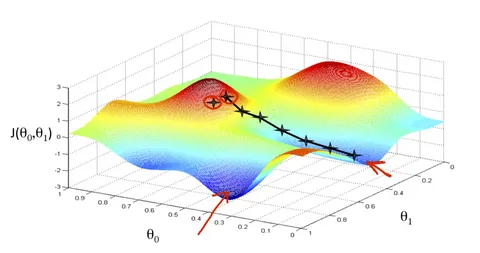
The flow of liquids has specific patterns that are required and measured in Physics. It makes the subject even more enjoyable. You must study gradient, divergence, and curl to learn computation and fluid dynamics. They are vital parts of fluid dynamics that determine the nature of the flow of fluids.
To learn about the physical interpretation of gradient, divergence, and curl, you need to know about the nature of surfaces. It is because fluids act differently on different characters. In addition, several other aspects play a significant role in determining fluid dynamics. To learn the details, you should know about each and how they affect fluid dynamics.
What Do You Mean By Gradient?
The study of gradients depends on the type of structure you are dealing with. If it is a 2D structure, the rise is a tangent showing the direction of the steepest form of descent or ascent. In a 3D design, the fluid gradient is perpendicular to the other points on the plane surface. Therefore, you must note the nature of the surface you are working on. The vector lines on any surface represent the gradients acting in a particular direction along the plane.
How Is Divergence Measured?
Divergence refers to the rate of fluid flow change that depends on several factors. An example can be the course of the sea flow. The water flow rate will increase if it slows down along a slope with no disturbances. On the other hand, if it faces certain obstructions, then the rate of water flow will decrease. This phenomenon is what is measured by divergence. It is widespread to look at, but the measurements require acute precision and expertise.
What Is The Significance Of Curls In Fluid Dynamics?
A curl measures the rotation of a vector field. It determines the direction of rotation of a fluid when it settles on a surface. For instance, if you want to pour a glass of liquid into a mug, you will see that the liquid does not pay immediately. Instead, it generally rotates inside the container while settling down. This instance is what is known as curl in fluid dynamics. Make sure you study the nature and purpose of the coil in detail to learn about fluid dynamics.
Learn All About Vector Field In Computational Fluid Dynamics
As you can see, computational fluid dynamics is an exciting concept. The three main components of CFD are gradient, divergence, and curl. They have distinct characteristics, which prove that fluids have a particular nature. You must choose an excellent online course to learn about fluid dynamics. Learn about divergence, gradient, and curl, so you do not confuse things later. Make it a point to realize that these three form the basic concepts of fluid dynamics and that you need to know them in detail. It will help you get the right job opportunities shortly.